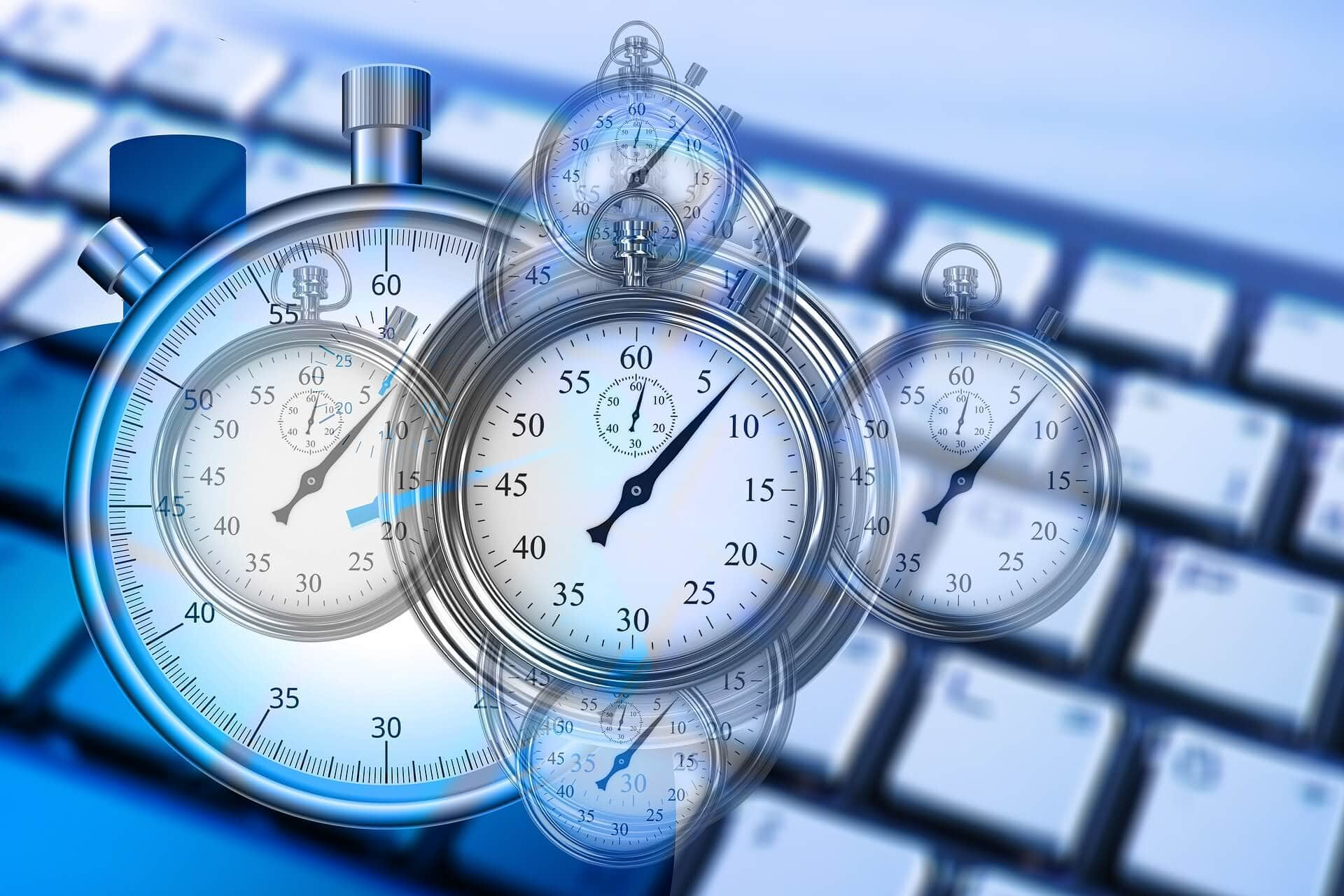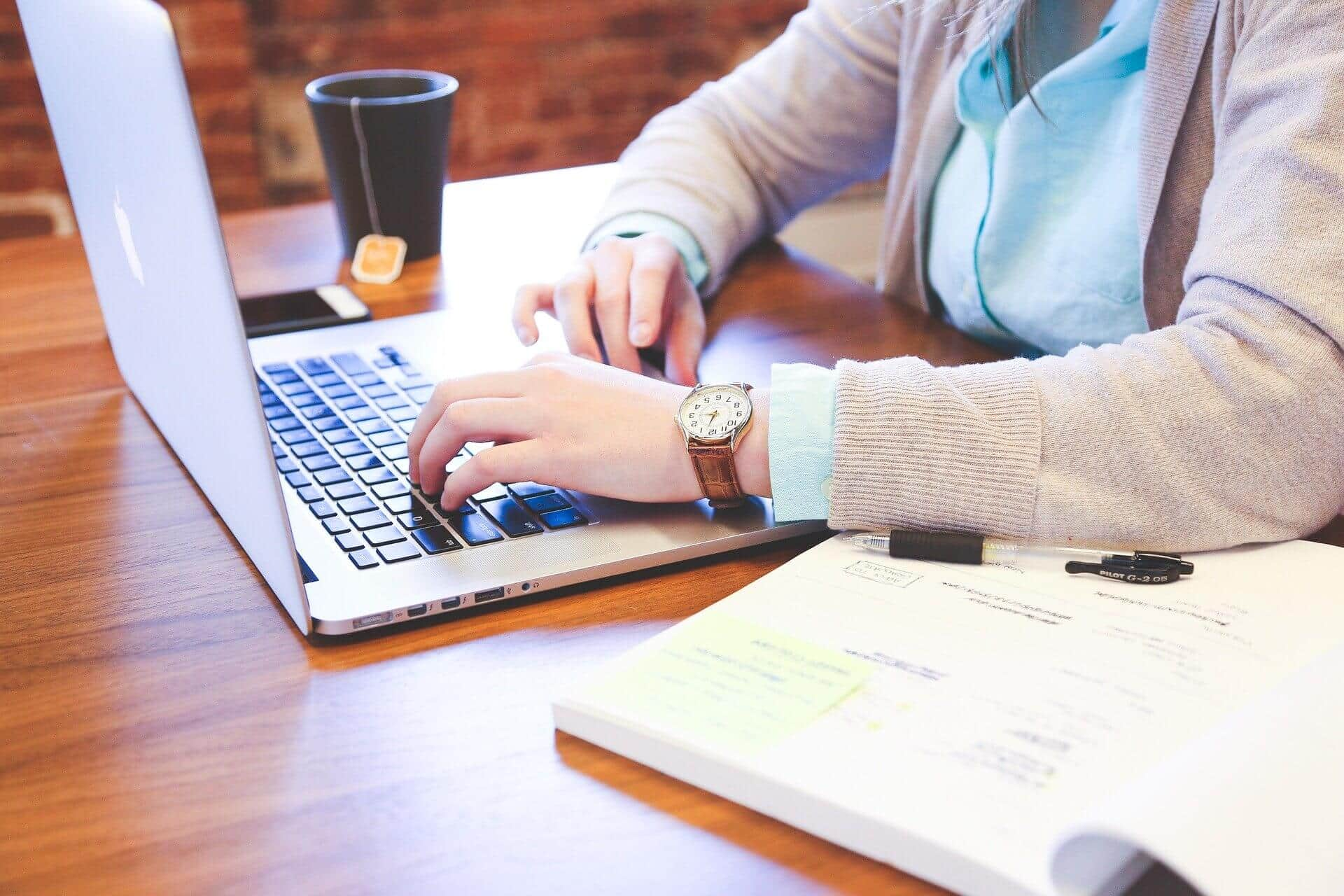
Why is my computer slow? - How and why computers slow down
Windows should boot fast and run fast. But over time, computers will gradually slow down for several reasons.
More and more programs installed will clog up the hard drive and demand more memory to run. Some may decide they need to run in the background every time you start up the PC, so the computer has to make an extra effort when it restarts. An older computer may find its drivers are outdated, or the hardware could struggle to keep up with new memory-hungry software. The hard disk might get fragmented and too many files could start clogging up the system. If you don't have enough space on the hard disk, it may struggle to run programs efficiently. Add possible infection by viruses as well, and you could see a marked reduction in your computer's speed.
We're going to show you how to increase your laptop's speed. It should be an easy process, and it's relatively risk free. But just in case, before you get started, back up your laptop. Back up all your data to an external hard drive or to cloud storage and back up your system by creating a Restore Point in Windows (and just to be sure, check that you can read the files you backed up).
Malware and how it can slow your computer
Viruses, spyware, Trojans, adware and other malicious programs can dramatically affect your computer's performance. These malicious programs can run in the background and can have an adverse effect on your computer’s performance.
In fact, malware can install itself in several places, so it can be difficult to fully remove without the right cyber-security solution. If it is not removed correctly, your laptop may continue to experience a disruption in programs and even continuous crashing. After all, malware can consume a substantial amount of computer memory to run, leaving limited resources for other programs. This, in turn, can lead to a slow and sluggish performance of crucial programs and laptop functions overall.
Tips on how to stop malware from slowing down your laptop
- Make sure you've got a good anti-malware program like Antivirus Kaspersky to prevent your laptop from getting infected
- Update your operating system regularly
- Avoid visiting or downloading from questionable websites
- Implement safe email practices, such as not opening messages from unknown or questionable senders and immediately deleting emails you suspect to be malicious spam or phishing attempts
Other ways to speed up your laptop
Improve your boot speed
The first thing to do is to find out what's going wrong. Load up Event Viewer so you can look at the programs that are loading during startup and how long they take. Event Viewer is an integral part of Windows software, and it can be called up from the Run menu (Windows key and 'r'). Type eventvwr.msc into the dialog box and click OK.
Look for Event 100. This shows your boot speed, in seconds. Then look for event IDs beginning with 101. These show which applications are slowing the computer down.
It's likely that at least some of these will be programs that you don't need to run during startup. For instance, you don't need the following programs to launch at startup — you can simply run them when you need them:
- QuickTime
- Skype
- Google Drive
- Adobe Reader
- Spotify Web Helper
- NVIDIA drivers
If you see other problem programs, Google them to find out whether they're vital Windows programs, or whether you can safely remove them.
Having identified these programs, go back to the Run menu and this time type 'msconfig' in the dialogue box to get to the system configuration utility. Find the 'startup' tab. Simply uncheck the items that you don't want to run on startup. But you do have to be careful; you mustn't get rid of programs the computer needs to run, so err on the side of caution if you're not sure and make sure you backed up all your data on an external drive beforehand.
Having done this, reboot your computer and compare the time shown in the Event Viewer with the time that your last reboot took. It should be appreciably faster this time round. Removing these programs should also improve operating speed, because the machine is running fewer programs.
Declutter your laptop
Now that you've got your PC booting in quick time, let's talk about how to increase your laptop speed even more and concentrate on the operating performance.
First, let's get rid of programs you don't need. Open the Control Panel, and head for 'Programs'. Then open Programs and Features. You should see some things you really don't need. Maybe you'll see a game you haven't played for the last year, a photo editing software that you've passed over for something better or easier to use, or apps like Xbox and Weather that installed automatically with Windows but that you don't want.
You may also have software that's no longer useful because the computing world has moved on, and it hasn't. QuickTime hasn't been supported on Windows since 2016, and it's got several vulnerabilities which make it a good target for hackers. Shockwave Player, which ran Adobe Flash, and Microsoft Silverlight, which also enabled rich web content in the days when you needed a separate software to do the job, can also go; modern browsers won't work with them, and you don't need them.
Next let's clean the cache. This is a kind of computer junk room. All programs create temporary files while they're running — it's their short-term memory. Those files might include temporary internet files, thumbnails, system error memory dumps, log files and error reporting files. Upgrading your OS can create huge amounts of temp files, too, so if you upgraded your PC from Windows 7 recently there will probably be a good bit to clear out.
Go to settings, then system. Choose storage, and, finally, temporary files. You can now clean those out — and why not clean the recycle bin at the same time?
You probably have loads of files on your PC that you don't need any more. It would take ages to go through the entire hard drive, so let's concentrate on where you can get the most impact for the least effort: big files.
Fortunately, Windows Explorer makes it easy to look for big files. Open Windows Explorer click in the search field and select the file size 'Gigantic'—over 100MB. As long as you have 'This PC' enabled in the left pane, it will list all files over that size no matter what directory they're in.

Om prestandaproblemet berodde på att det fanns för många program på hårddisken borde du redan nu märka en skillnad. Men det finns mer du kan göra.
Optimera och uppdatera
Nu när skräpfilerna är hanterade är det dags att justera inställningarna. Börja med att defragmentera hårddisken. Det är enkelt! Gå till startmenyn, klicka på Defragmentera och sedan på Optimera. Detta kan ta en stund, så vänta gärna till slutet av dagen och låt datorn jobba under natten.
Vad innebär defragmentering? Varje gång du använder, redigerar, kopierar eller flyttar på en fil minskar hårddiskutrymmet. Delar av filerna glöms bort eller hamnar lite här och var. Genom att defragmentera hårddisken organiseras dina data på ett mer lätthanterligt sätt, utan luckor eller bortglömda filer. Eftersom alla relaterade data finns på ett och samma ställe behöver inte datorn leta efter vitt utspridda filer. Använd defragmentering för att förbättra prestandan i din bärbara dator.
Nästa steg är att uppdatera drivrutinerna. Drivrutinerna styr hur datorns komponenter och kringutrustning samarbetar. Det finns drivrutiner för grafikkort, ljudkort, kretsuppsättningar, styrplattor, Ethernet och trådlösa nätverk m.m. Detta är ett omfattande arbete för att öka Windows-prestandan eftersom du behöver leta reda på drivrutinerna som kan finnas på tre olika ställen:
- i Windows Update
- på datortillverkarens webbplats (t.ex. Dell)
- eller på komponenttillverkarens webbplats (t.ex. Creative Technology eller Asus).
Du ska använda den senaste drivrutinen. Hämta drivrutinen. Installera den genom att klicka på Windows-tangent och X-tangenten. Klicka sedan på Enhetshanteraren. Välj den enhet som ska uppdateras, högerklicka på den och välj Uppdatera drivrutin. Välj sedan Välj drivrutiner på datorn och den mapp där drivrutinen finns. Windows fixar resten!
Rensa även maskinvaran
Ta bort luckan på din bärbara dator och blås bort dammet med en komprimerad tryckluftsenhet. Använd inte en dammsugare då detta skapar en statisk spänning som inte är bra för datorn. Det samlas mer damm i datorn än vad man kan tro. Det är inte bara viktigt av estetiska skäl att ta bort dammet. Dammet kan blockera ventiler och fläktar samt påverka kylelementen så att datorn överhettas. Detta påverkar prestandan och batteritiden.
Vikten av uppgraderingar
Vill du göra datorn ännu snabbare? Här följer några rekommenderade uppgraderingar:
- Uppgradera från Windows 7 till Windows 10 (om du inte redan har gjort det). Uppgradering påverkar inte bara starttiden positivt utan ger även stöd för säkerhetskorrigeringar och uppdateringar av operativsystemet.
- Uppgradera RAM-minnet om du i nuläget bara har 4 GB. Det krävs nästan 3 GB för att använda flera flikar i Chrome, vilket innebär att det inte blir mycket över till andra program.
- Överväg att ersätta det mekaniska hårddiskutrymmet (HDD) med en SSD-enhet (solid-state drive). Du kommer att få en snabbare starttid och bättre prestanda. SSD-enheter förbrukar även mindre av batteriet så att du får bättre batteritid.
Lagra dina filer på annan plats
Om hårddisken börjar att få dåligt med utrymme kan du förbättra prestandan genom att spara stora filer på andra platser.
- Skaffa till exempel en extern hårddisk där du kan säkerhetskopiera filerna
eller
- skaffa ett bra molnlagringskonto.
Behåll de filer som du använder dagligen på datorn och spara gamla projekt, filmer som du har sett och andra filer som du inte längre använder på en annan plats för att frigöra viktigt utrymme.
Relaterade länkar


